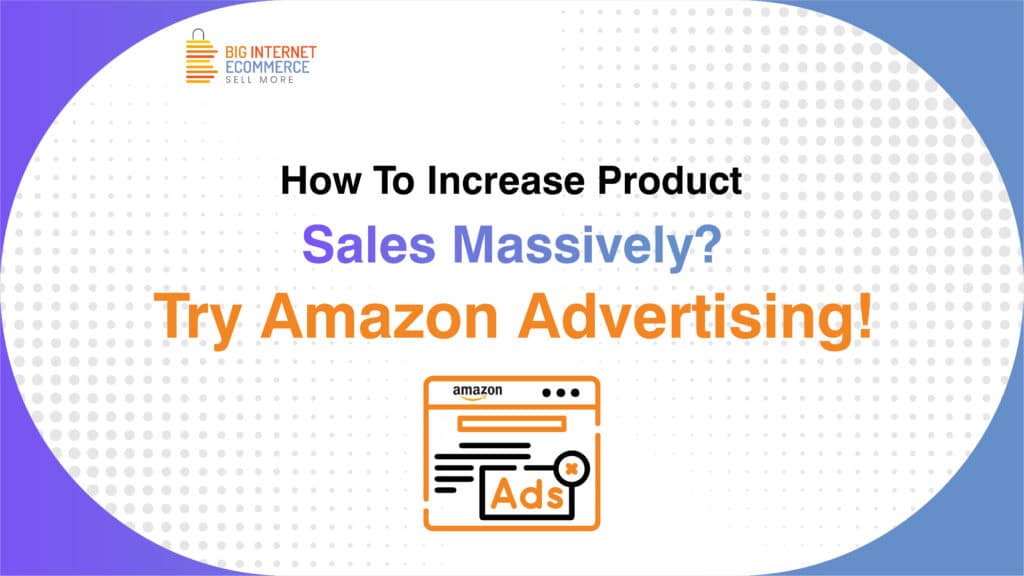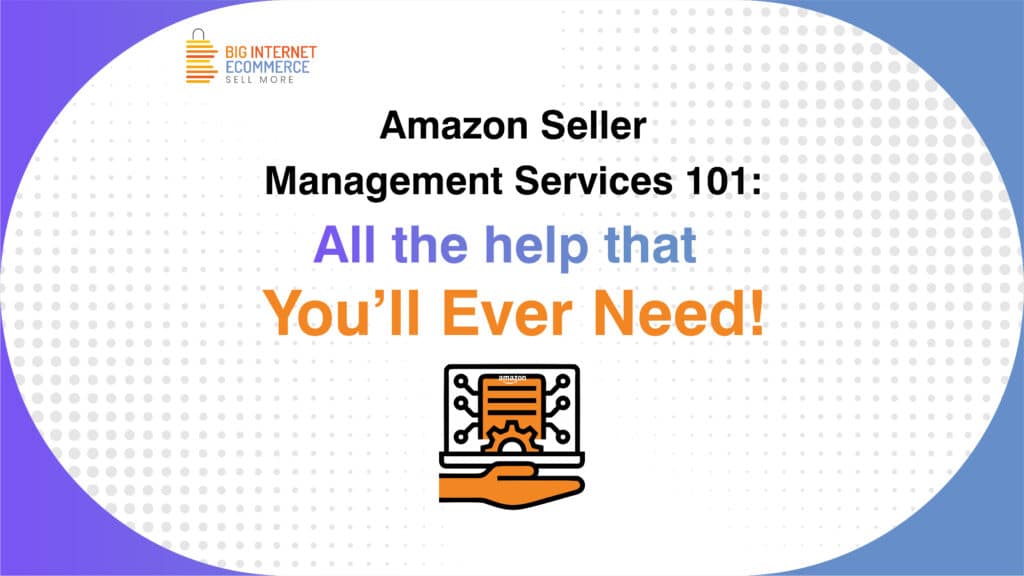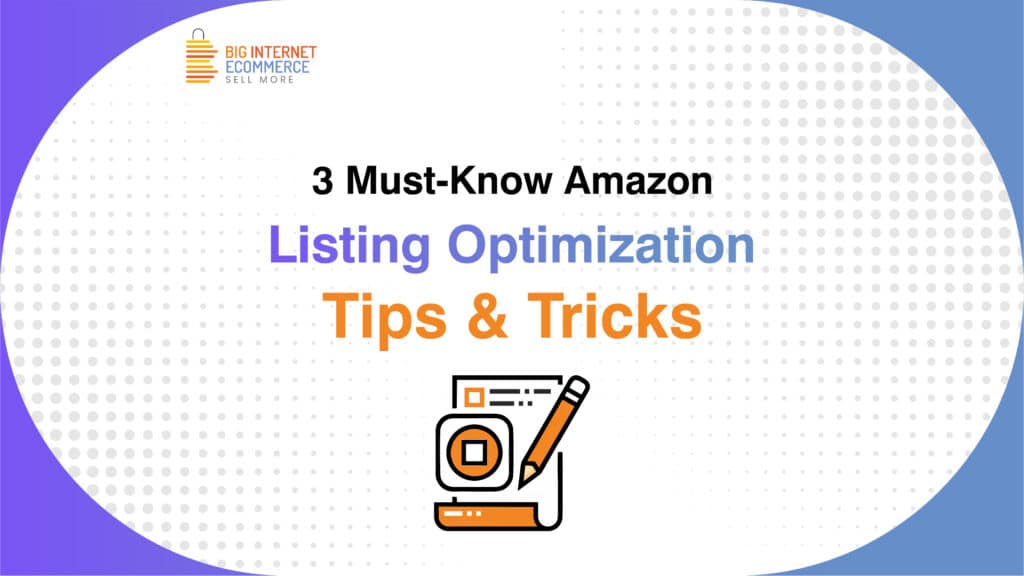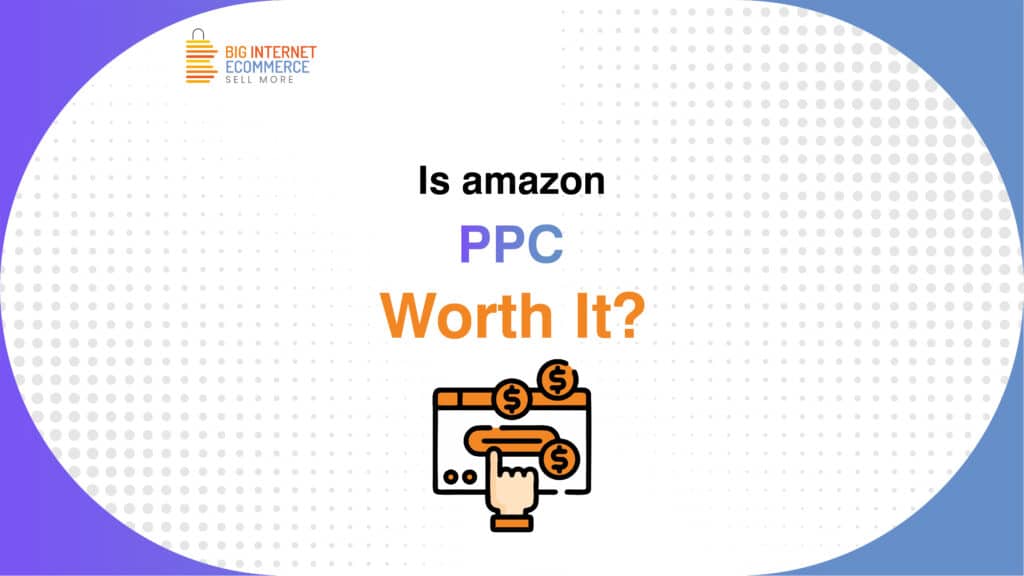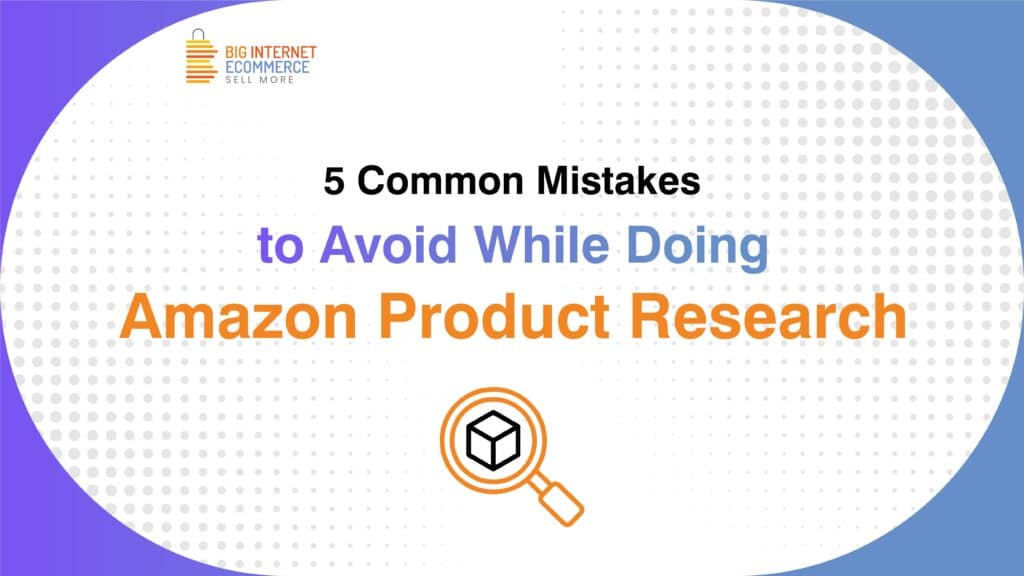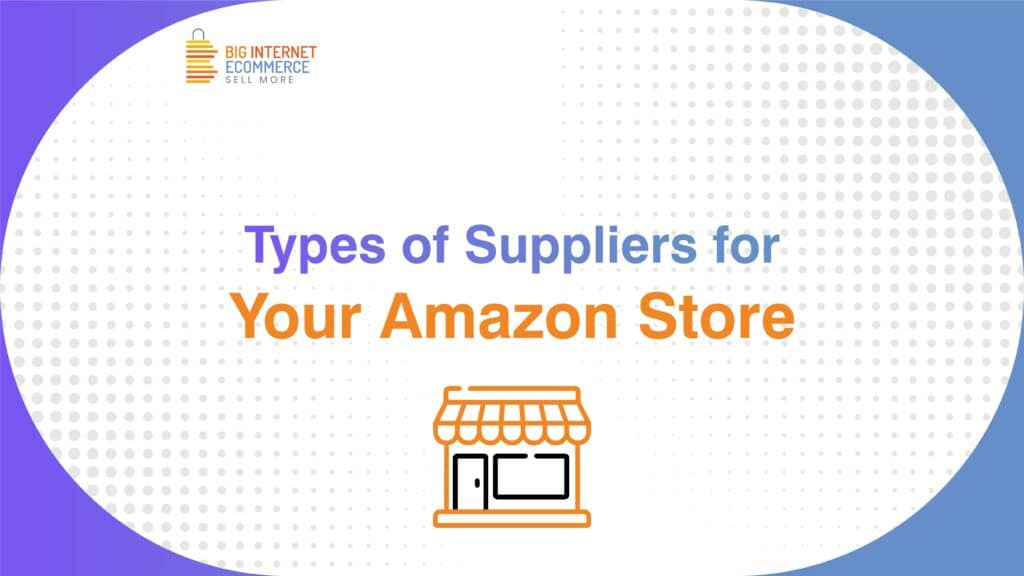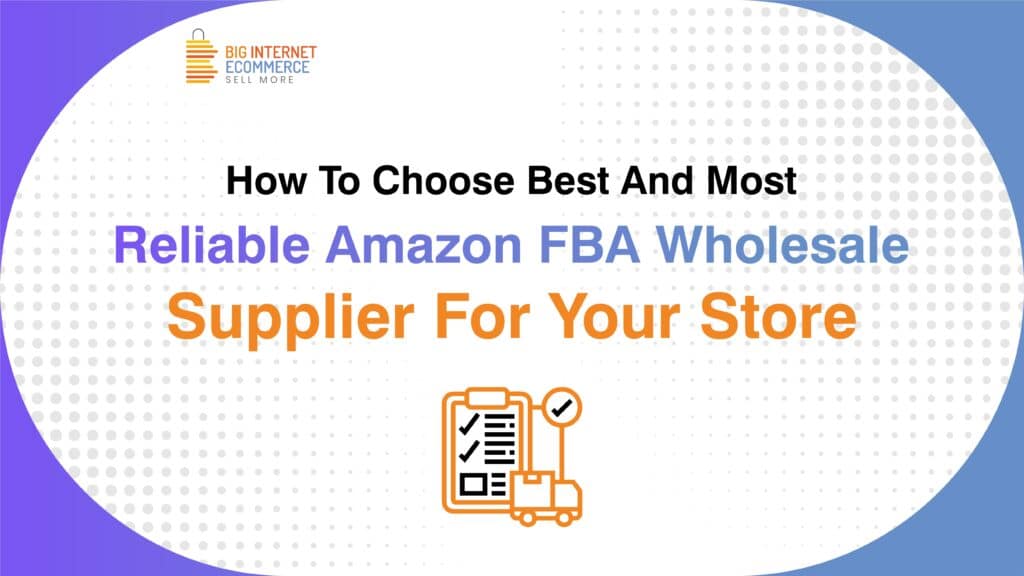Do You Think – Following Amazon A9 Algorithm Is Enough for Product Listing Optimization?
Product optimization is the technique that helps you rank higher to win the business race. Like Google, Bing, and other search engines, Amazon is also a kind of search engine that helps users find products to purchase. But do you know how to do Product Listing Optimization? Are you still dependents on the A9 algorithm only for Amazon SEO? Well! If your answer is yes, then there are a lot of techniques you are missing. In fact, you are losing the opportunities to increase your product sales on Amazon. We, the FABONGO, have audited thousands of Amazon seller accounts and found that most of them are following a certain pattern to fight with the competitors. However, we applied a combination of strategies to rank them higher. As a result, they saw 10% instant growth in their regular selling orders. If you are eager to know how we did it, then contact us for Amazon SEO optimization. We can help you with 360-degree solutions (including Amazon product photography, ASIN Listing optimization, PPC Advertising) to convert more sales from Amazon. Now, coming to the point! Amazon SEO Techniques Amazon A9 Algorithm is the basic parameters for the Product Listing Optimization. If you want to see huge growth in terms of letting the users add your products to their cart, then following the Amazon A9 Algorithm is not enough. You need to learn the art of Amazon Title Optimization, photography and infographic creation, product description writing, and more. What should be your approach? If you want to rule the Amazon shopping platform under your business categories, you need to understand the customer’s persona. You must understand the psychology behind the product consideration. Try to understand the customer’s mindset while they are comparing two similar products or brands. Learn the marketing strategy behind product pricing, discounts, combo offers, and other factors. Mind to bring external traffic to your product by sharing the URLs. Similarly, more than 20 factors apart from the A9 algorithm can help you optimize your Amazon seller rankings. But you can’t be a one-man army to do everything by yourself. Instead, you would prefer to focus on your business to accelerate productivity. As a solution, you must outsource the Amazon Product Listing Optimization and similar tasks to the brand that has enough experience in Amazon SEO. And if we, the FABONGO, are here, then why should you hunt for others? Contact us right away for any help related to increasing revenue as an Amazon seller.
Do You Think – Following Amazon A9 Algorithm Is Enough for Product Listing Optimization? Read More »



